Stellantis Bets Big on Lithium-Sulfur: The Future of EV Batteries?
New Lithium-Sulfur Batteries Promise More Range, Faster Charging, and Lower Costs...
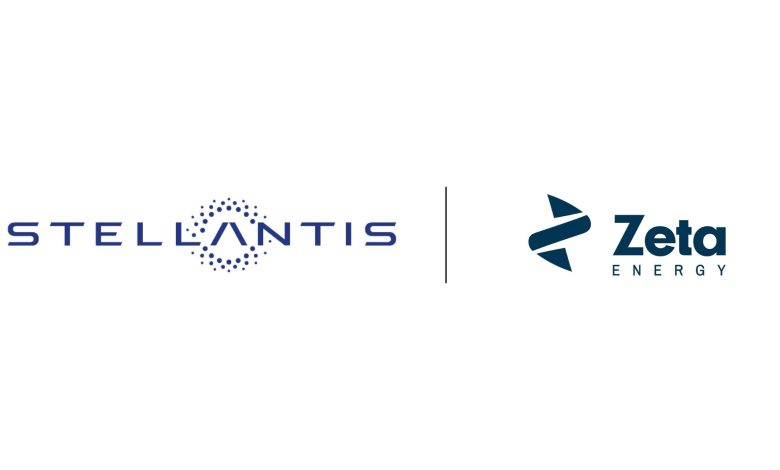
Stellantis is taking a bold step toward revolutionizing electric vehicles (EVs) by teaming up with Zeta Energy, a Texas-based battery technology company, to develop next-generation lithium-sulfur (Li-S) batteries. This partnership could reshape the EV industry, offering longer range, lighter weight, and reduced production costs compared to traditional lithium-ion (Li-ion) batteries.
Why Lithium-Sulfur? –

Unlike conventional Li-ion batteries, which rely on expensive and scarce materials like nickel, cobalt, and manganese, Zeta Energy’s Li-S technology replaces these metals with sulfur, a widely available and low-cost element. This shift is expected to cut battery production costs by nearly 50%, making EVs more affordable for consumers across Stellantis brands like Chrysler, Dodge, Jeep®, Ram, Alfa Romeo, and FIAT.
But the cost savings are just the beginning. Lithium-sulfur batteries offer up to three times the energy density of current Li-ion packs. That means future Stellantis EVs could see ranges exceeding 1,000 km (620 miles) per charge, significantly reducing battery weight by 30 to 50%. A lighter battery means better efficiency, improved handling, and enhanced acceleration—perfect for high-performance vehicles and rugged off-road SUVs alike.
Faster Charging, Longer Life –
One of the biggest pain points for EV owners is charging time. Zeta Energy claims its Li-S batteries can charge up to 50% faster than today’s Li-ion technology, meaning significantly reduced wait times at public charging stations. Additionally, these batteries retain their charge longer when idle, losing less than 5% of their capacity over five years. This could improve long-term battery health and enhance the resale value of Stellantis EVs.
Better for the Environment –
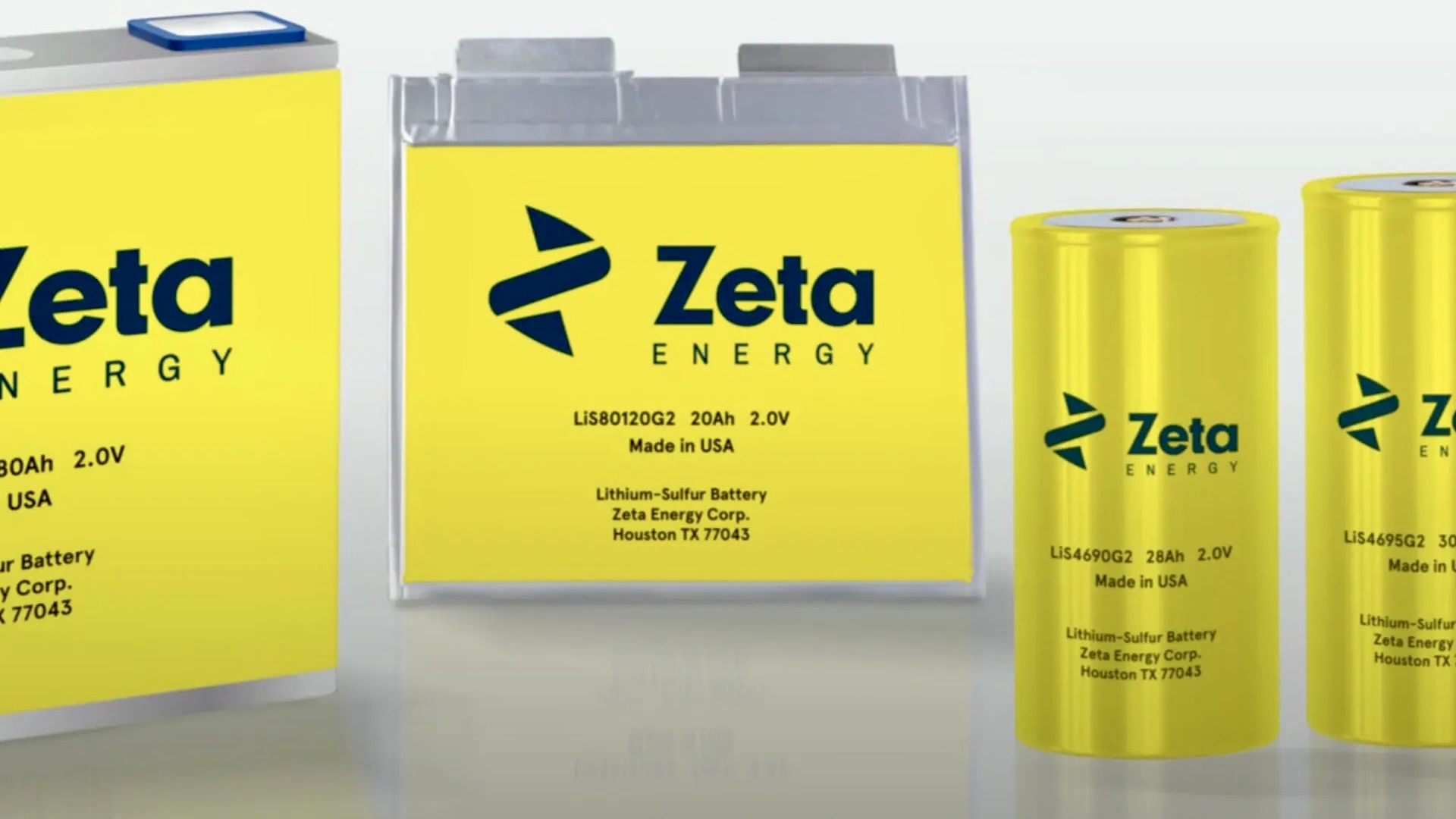
Zeta Energy’s Li-S batteries also have a smaller carbon footprint than Li-ion packs. By using sulfur derived from industrial waste and eliminating the need for cobalt, nickel, and graphite, production emissions are significantly lower. Additionally, Li-S batteries operate at lower voltages, reducing the risk of thermal runaway—a major cause of battery fires in existing EVs.
Challenges and Roadmap –
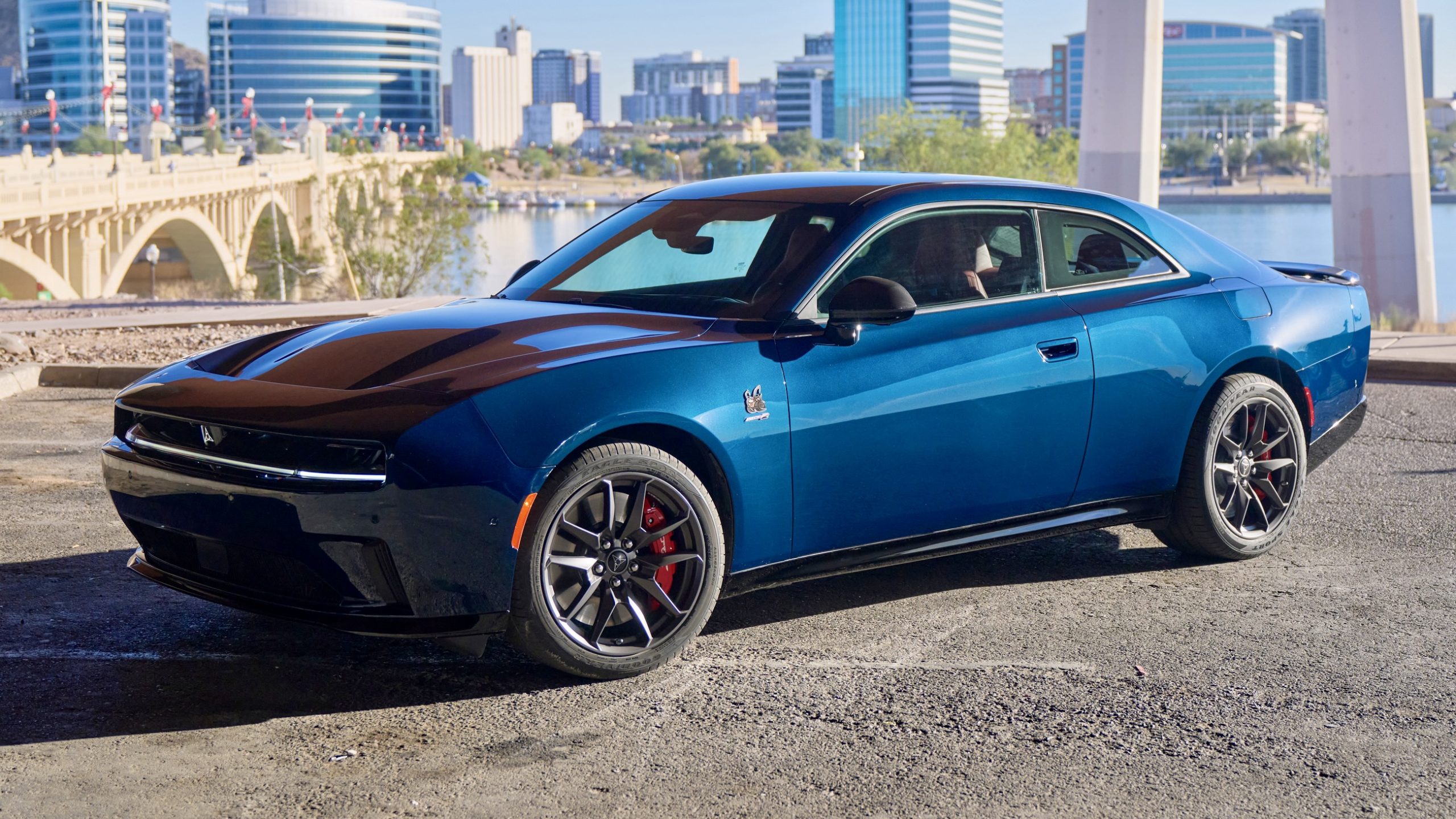
While Li-S batteries offer incredible advantages, challenges remain. The biggest hurdle is the issue of polysulfide shuttling, which can lead to faster battery degradation. However, Zeta Energy has developed advanced coatings and barrier technologies to mitigate this problem, making these batteries more stable and reliable.
Stellantis and Zeta Energy are already working on pre-production battery prototypes, with plans for large-scale manufacturing by 2030. With Stellantis aiming to introduce 75 new EVs by 2038, this breakthrough technology could power many of these models.
The Future of Stellantis EVs –
If successful, this partnership could place Stellantis ahead of the competition in the EV space. By offering longer-range, faster-charging, and more cost-effective electric vehicles, Stellantis could attract a wider range of buyers—especially those still hesitant about switching to EVs.

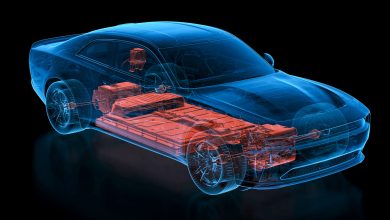
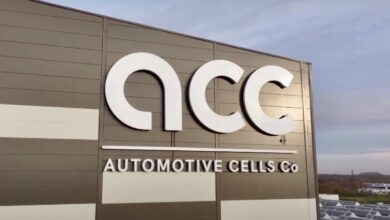

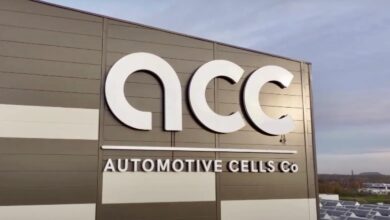
3 replies
Loading new replies...
Join the full discussion at the Mopar Insiders Forum →